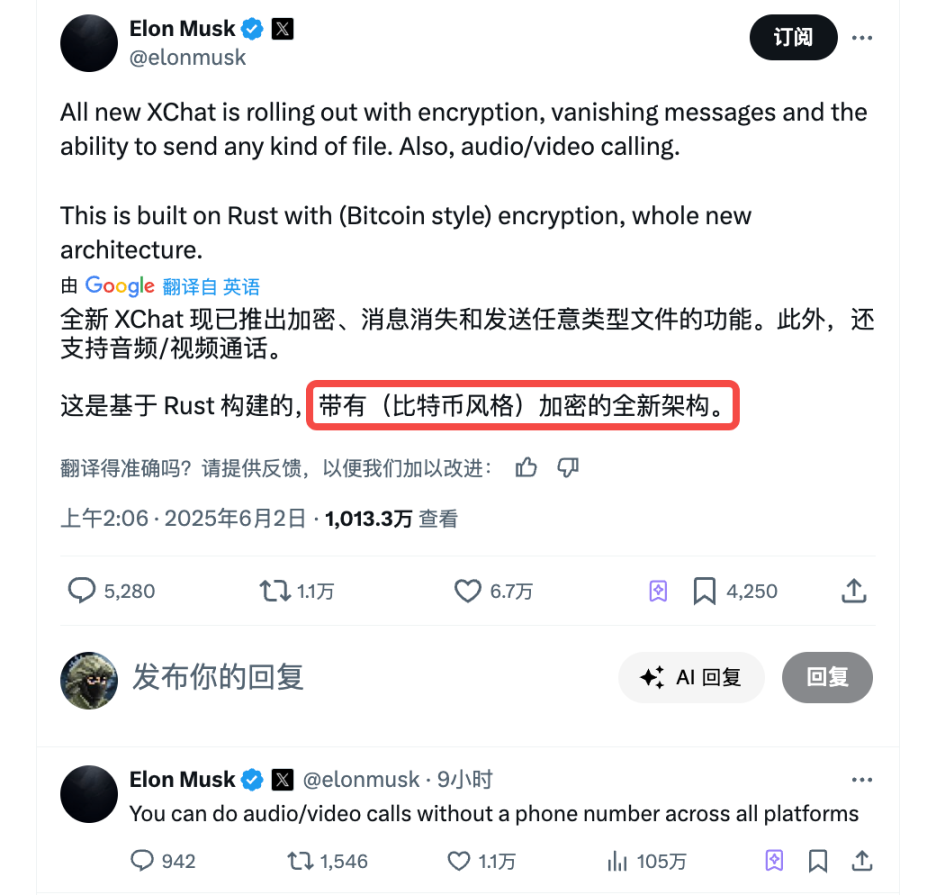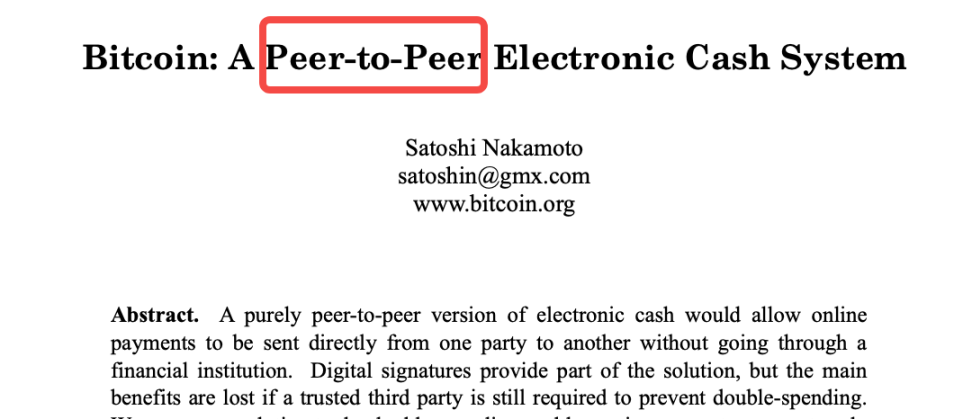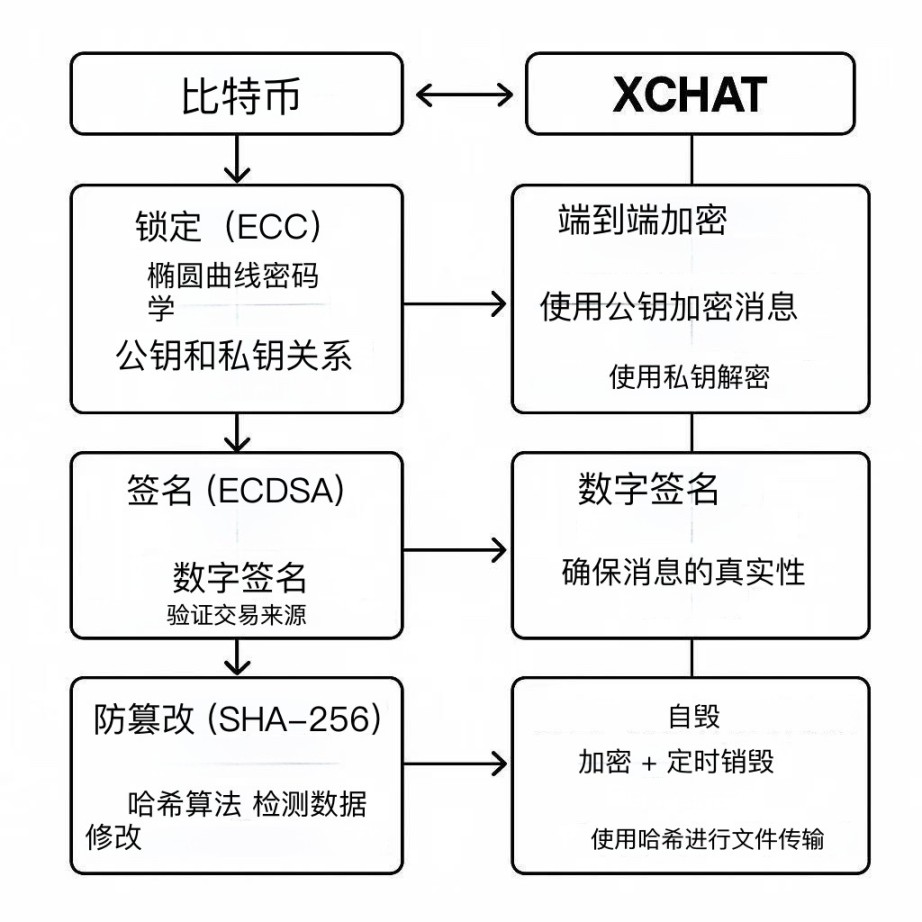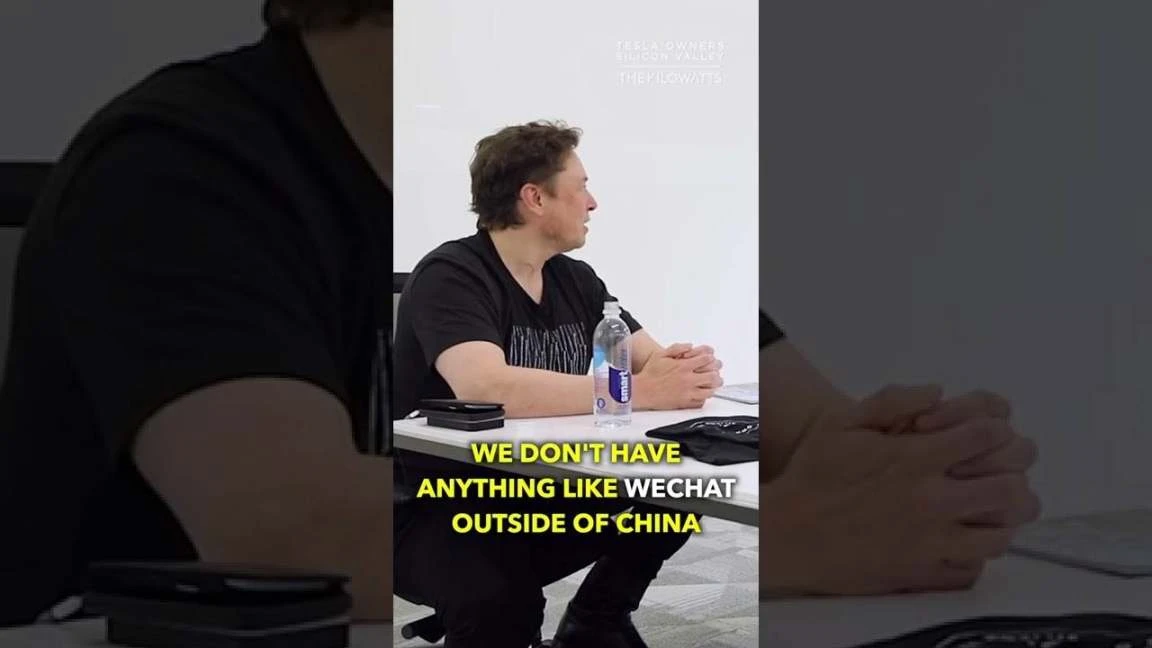Original Author: Deep Tide TechFlow
On June 1, Musk began to make moves, announcing that the X platform would launch a new messaging system called XChat, featuring end-to-end encryption, disappearing messages, file transfers of any type, and cross-platform audio and video calls.
In other words, X will not only allow users to tweet and view tweets, but may gradually acquire instant messaging features similar to Telegram or WeChat.
Currently, this feature is still in the testing phase, and not all users can experience it.
However, what is more eye-catching is Musk's claim that XChat uses "Bitcoin-style encryption" and is developed in Rust, boasting a "completely new architecture."

Bitcoin is so classic that many people are familiar with its name, treating it as a leading asset, but they are not very clear about the technology it actually uses.
What exactly is the "Bitcoin-style encryption architecture" that Musk refers to? I revisited the Bitcoin white paper to interpret it from the perspective of an experienced investor.
XChat Beta Features Preview
According to some Twitter users, their X accounts have already been pushed XChat, marked as "Beta" testing. The core feature is that private messages will be end-to-end encrypted across all your devices, and no one can read your private messages, including X itself.

So, we can break down this feature by combining Musk's original post and user feedback.
End-to-end encryption: Messages and call content can only be seen by the communicating parties; third parties (including the X platform) cannot eavesdrop.
Disappearing messages: You can set messages to automatically delete after a certain time, such as 10 minutes, for more thorough privacy protection.
File transfers of any type: Supports sending any type of file, including photos, videos, documents, etc., without being limited by format or size.
Cross-platform audio and video calls: You can make calls without a phone number, supporting multiple devices like phones and computers, with call content also encrypted.
You have to admit, this is somewhat similar to Telegram.
What does this have to do with Bitcoin?
When mentioning "Bitcoin-style encryption," many people's first reaction might be: Isn't Bitcoin used for transfers? What does it have to do with encrypted chatting?
Hold on, let's first review Bitcoin's encryption technology and then see how XChat might draw inspiration from it.

In fact, the title of the Bitcoin white paper from over a decade ago is very clear: "A Peer-to-Peer Electronic Cash System," where "peer-to-peer" is often referred to as P2P.
BTC--- To achieve peer-to-peer (me and you) transfers, no intermediary is needed;
XChat--- To achieve peer-to-peer (me and you) chatting, no intermediary is needed.
This is a different implementation direction of the same underlying technology.
To achieve peer-to-peer, how does Bitcoin do it?
Setting aside the blockchain ledger technology, Bitcoin uses encryption technology for peer-to-peer transfers, simply put, it involves "locking" and "signing."
"Lock": Elliptic Curve Cryptography (ECC): Bitcoin uses something called Elliptic Curve Cryptography (ECC), which is like a super secure lock. Everyone has two keys: one is a public key (public, like the lock), and the other is a private key (known only to you, like the key). For example, if you want to send Bitcoin to a friend, your wallet will "lock" the transaction using your friend's public key, and only your friend can "unlock" it with their private key to receive the money. Throughout the process, no one can eavesdrop or tamper with it, not even the Bitcoin network can see the transaction details.
"Signing": Digital Signature (ECDSA) Besides "locking," Bitcoin also uses digital signatures to prove "you are you." When you make a transfer, your wallet generates a signature using your private key to prove that the transaction was indeed initiated by you. Others can verify this signature using your public key, but cannot forge it.
"Tamper-proof": Hash Algorithm (SHA-256) Bitcoin also uses a hash algorithm called SHA-256 to turn transaction information into a fixed-length "fingerprint." If the transaction is altered, even by changing a single letter, the fingerprint will be completely different, and the network will immediately detect it.
Note that these encryption algorithms and signature algorithms were not invented by Bitcoin; they are used in combination.

Therefore, combining XChat's features, we can speculate that it might use Bitcoin's technology, which is what Musk refers to as "Bitcoin-style encryption":
End-to-end encryption: The "safe" for messages. XChat's end-to-end encryption may use a variant of ECC (such as the ECDH protocol). When you send a message to a friend, your phone encrypts the message using your friend's public key, and only your friend's private key can decrypt it. For example: if you send "I'll arrive at 7 PM," the message will turn into a string of gibberish that only your friend's device can decode; the X platform or anyone else cannot see it. Audio and video calls may also use a similar method to protect call content from eavesdropping.
Digital signature: To prove the message is from you, XChat may use a digital signature technology similar to ECDSA to ensure the message's source is trustworthy. For example, if you send a contract document, XChat will sign it with your private key, and your friend can verify it using your public key to confirm that the document was sent by you and has not been tampered with.
Disappearing messages: The combination of encryption and timed destruction for disappearing messages may integrate encryption with a timed destruction mechanism. After the message is encrypted, only the recipient can see it, and the server will automatically delete it after a specified time (e.g., 10 minutes). Even if the device is hacked, historical messages cannot be retrieved.
File transfers: Tamper-proof "fingerprint." When transferring files, XChat may use SHA-256 to generate a hash value (fingerprint) of the file. After your friend receives the file, the system will automatically verify the fingerprint to ensure the file has not been tampered with during transmission.
As for the choice of programming language, whether it's RUST or something else, I won't delve into that as I'm not from a technical background.
More than just chatting
The launch of XChat is not just a simple chat tool.
Musk has always wanted to turn X into an "everything app," similar to the WeChat we commonly use.

Some of his actions hint at this, such as first acquiring Twitter, then borrowing many features from WeChat, and integrating Grok AI, among others.
With the gradual passage of the U.S. stablecoin legislation and the formation of a crypto-friendly environment, we also have reason to expect the emergence of payment-related features, such as XPay.
WeChat's success in China relies on social relationships and strong stickiness, integrating chatting, payments, ride-hailing, shopping, and other functions into one. If XChat can integrate payments (XPay), AI assistants (Grok 3), social features (community functions of the X platform), along with strong privacy protection, it could very well become the "super WeChat" of the West.
Finally, let's take a look at whether the term "Bitcoin-style encryption" is really that unique. In fact, it may not be.
Elliptic Curve Cryptography (ECC), digital signatures (ECDSA), and hash algorithms (SHA-256) are technologies that are no longer exclusive to Bitcoin.
Many secure applications use similar technologies, such as WhatsApp and Signal's end-to-end encryption, which also relies on ECC and hash algorithms; Apple's iMessage even adopted ECC as early as the 2010s. While Bitcoin's encryption technology is reliable, it is more like an "industry standard" and lacks much originality.
Musk's choice of the term "Bitcoin-style" is likely driven by marketing considerations. Bitcoin, as a "synonym" for cryptocurrency, carries its own traffic and trust halo.
However, the more pro-crypto expressions there are, the happier we are.
In the environment of attention tokenization, the subsequent features and gameplay of X and Musk are also worth looking forward to.
免责声明:本文章仅代表作者个人观点,不代表本平台的立场和观点。本文章仅供信息分享,不构成对任何人的任何投资建议。用户与作者之间的任何争议,与本平台无关。如网页中刊载的文章或图片涉及侵权,请提供相关的权利证明和身份证明发送邮件到support@aicoin.com,本平台相关工作人员将会进行核查。




